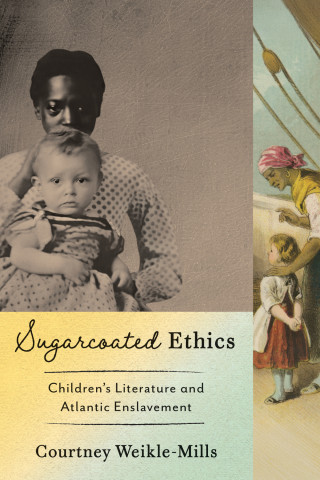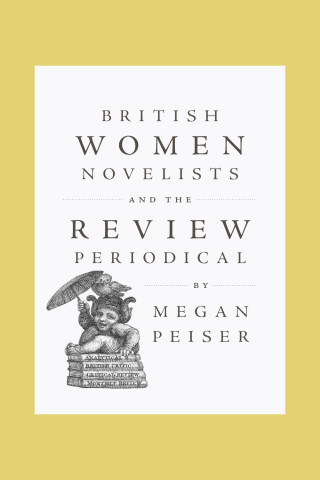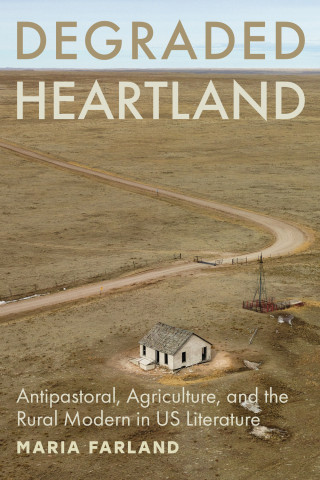
Reviews
Using the traditional method of extremely close reading, combined with a Freudian theory of consciousness, [Stein] offers us without apology elegant interpretations—patient, subtle, probing—of various essays on the art of dying.
Book Details
Preface
Acknowledgements
Part I: Three Essays in Background
Chapter 1: What Renaissance Poets Would Have Known
Chapter 2: Answers and Questions
Chapter 3: Donne's Pictures of the Good Death
Part II: Writing
Preface
Acknowledgements
Part I: Three Essays in Background
Chapter 1: What Renaissance Poets Would Have Known
Chapter 2: Answers and Questions
Chapter 3: Donne's Pictures of the Good Death
Part II: Writing About One's Own Death
Chapter 4: Respice Finem
Chapter 5: Death in Earnest: "Tichborne's Elegy"
Chapter 6: Dying in Jest and Earnest: Raleigh
Chapter 7: Imagined Dyings: John Donne
Chapter 8: Entering the History of Death: George Herbert
Chapter 9: "The Plaudite, or End of Life"
Part III: On the Death of Someone Else
Chapter 10: Introduction
Chapter 11: Lament, Praise, Consolation: Pain/Difficulty, Ease
Chapter 12: The Death of a Loved One: Personal and Public Expressions
Chapter 13: Episodes in the Progress of Death
Part IV: Expression
Chapter 14: Preliminary Views
Chapter 15: Thoughts and Images
Chapter 16: Images of Reflection
Chapter 17: Reasoning by Resemblances
Chapter 18: Intricacies
Chapter 19: The End
Notes
Index





